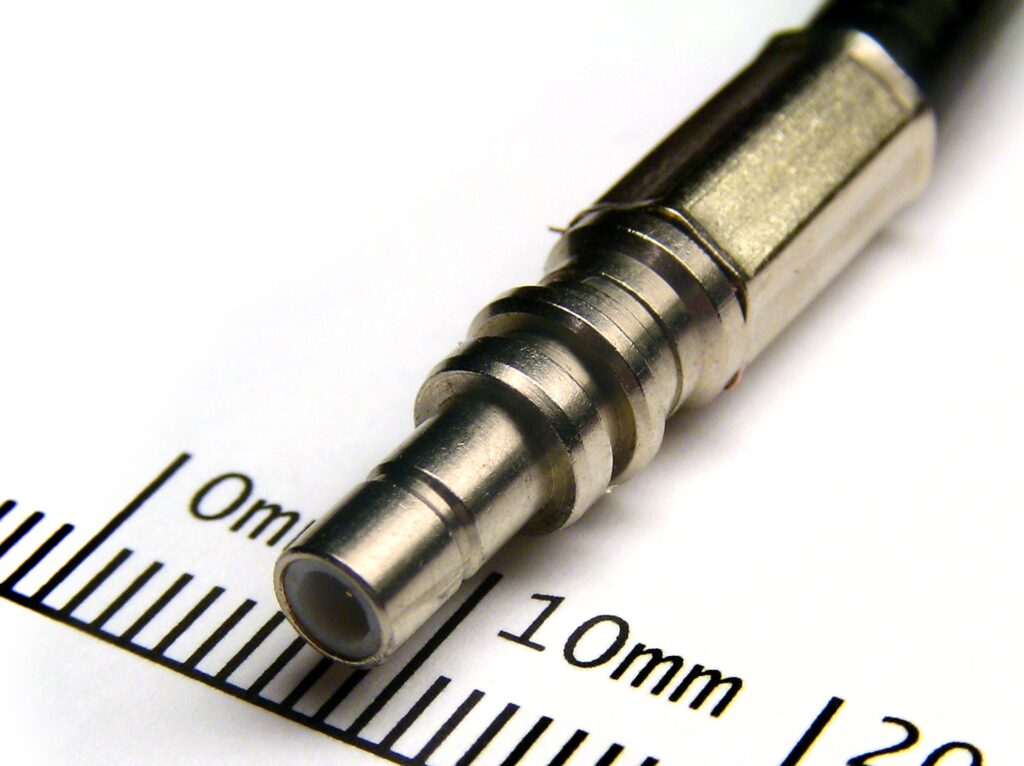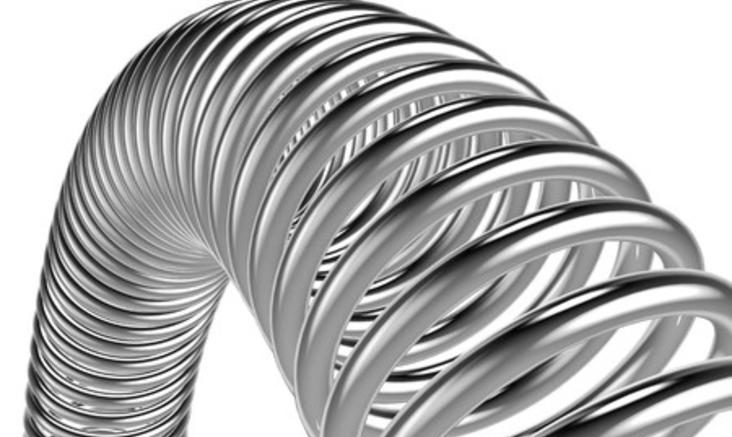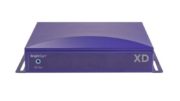Let’s keep it simple. This is an SMA connector.

This is an SMB connector.

To please the pedantic, I’ll point out that SMA stands for subminiature connector, type A. SMB stands for, yes, subminiature connector, type B. The point of both is to provide a small connector to allow devices themselves to be more compact. Both connectors are found in industrial electronics as well as cell phone signal boosters.
The SMA connector screws on giving it a look similar to the friendly “F” connector, while the SMB connector snaps in place with spring clips, making it a little harder to decouple. The SMA connector can be rated for up to 26GHz, while the SMB connector is generally rated for only 4GHz.
And it doesn’t make a bit of difference.
Functionally, you average humans out there will never try to carry 26GHz over a coaxial cable. The loss characteristic is so great that such cables are very specialized in purpose and very short. Either of them is going to do well carrying the kind of signals you’ll actually need, which top out at the 2GHz-ish range. Neither is really suitable for satellite or any sort of video; conventional wisdom has video traveling on 75-ohm cables for the most part. Despite the SMA connector’s resemblance to an F connector, it’s hardly ever used for video, due to the impedance mismatch. No need to lose additional signal through impedance mismatches if you don’t have to, right?
So what you have are two connectors that are functionally the same. If you were in a situation where you were disconnecting the cables a lot, you’d probably choose SMA because it’s easier to disconnect. Disconnecting an SMB connection generally means twisting and tugging on it until you’re pretty sure you’re going to break it, and then it just comes out. But most folks really don’t have a need to do that.
On the other hand, the SMB connector is tiny. It’s not much bigger than a 3.5mm headphone connector, yet it can carry a lot more bandwidth. This gives it a place in smaller electronics where a large N connector would be most unwelcome.
The good news is that these connectors are fairly interchangeable. As I said it’s rare if ever that you’ll use the super-high bandwidth of the SMA, so changing from one to the other just takes an inexpensive adapter. As with all adapters, you’ll lose .5 – 1 dB just in connection loss, but that’s not so terrible generally.
Get the adapters and cables you need from Solid Signal
Solid Signal is your source for hard to find cables and adapters. We have tens of thousands of parts you won’t find anywhere else. Shop the great selection and see what I mean. Not finding what you’re looking for? Call us! We can source special order parts for you so that you have everything you need. We’re here at 888-233-7563 during East Coast business hours. If it’s after hours, fill out the form below. We’ll get back to you, usually within one business day.





